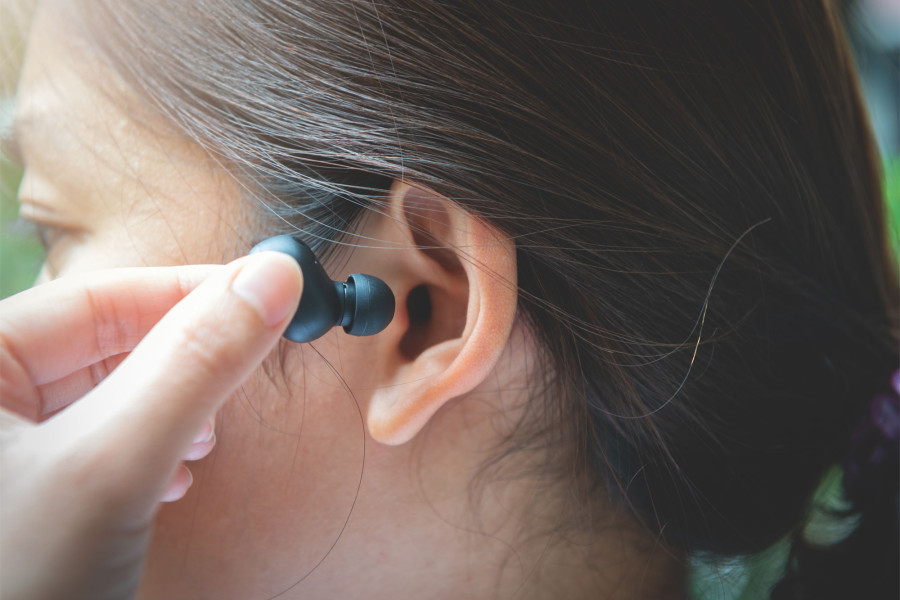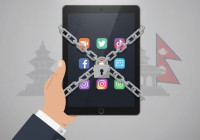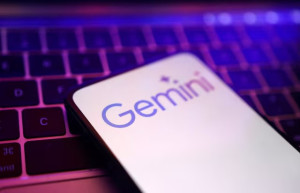Science & Technology
Truly wireless troubleshooting
How to overcome some of the most common problems that surface while working wireless earbuds and get that seamless wireless experience.
Prajesh SJB Rana
As consumer electronics keeps evolving, features we consider essential start turning obsolete. Back in the day, the massively popular floppy disks were replaced with CDs. Now, traditional hard disks are being steadily replaced by Solid State Drives. In audio, the ubiquitous analogue 3.5mm audio jack has been popular since the 1950s, and only in recent years have smartphone companies dropped support for the connector in favour of thinner designs and stronger waterproofing. Today, while the audio jack still lives, major smartphone manufacturers have, to a large extent, stopped including the audio jack on their products. This lack of support for ‘traditional’ headphones or earphones has given rise to the development of truly wireless headphones.
Until the release of Apple’s AirPods, which mostly popularised the wireless experience, wireless earphones were largely niche products with various compromises to enable wireless playback. Most had at least one wire to connect the two earpieces or some software gimmick to replicate the truly wireless experience. Today, truly wireless earbuds are a dime a dozen. Even in Nepal, consumers can buy truly wireless earphones from Apple and other companies like Oppo, Anker, and Realme. But while all of these earbuds have developed vastly over just a few years to provide a seamless experience, they’re not without their shortcomings, especially on the Android side of things. So, here we look at some of the problems you might encounter while working with your wireless earbuds.
.jpg)
This is the most common issue you’ll encounter with wireless earphones. While with the Apple AirPods, the H1 chip ensures effortless synchronisation with their devices, Android’s openness—which allows a plethora of devices to connect with each other—hinders seamless integration. Which is why many phones have their own system of pairing, while the same goes for the earbuds themselves. Since many headphones automatically go into pairing mode the first time you use them, you might run into trouble pairing them with other phones or devices. If this happens, just read the manual if you’re not sure about how to go into pairing mode and since different companies have different methods, your device just might have a different way of getting into pairing mode than all the other earphones you’ve used in the past. If this doesn’t work, check if your earbuds are already paired to a different device. While some earbuds come with a multi-device feature, most don’t and you might have to disconnect from a previously paired device to re-pair.
Most wireless earbuds automatically go into pairing mode when you use it for the first time. But if this doesn’t happen to you, then you might have a compatibility problem. The Bluetooth technology has gone through countless revisions to ensure better security, feature sets and range. The most recent version is Bluetooth 5.0 and a device with Bluetooth 5.0 will usually work with almost all Bluetooth devices since it’s backward compatible. The problem arises if your earbuds are using the latest standard but your smartphone has an older revision of Bluetooth. So make sure both your devices are compatible with each other before you choose which earbud you want to invest in.
On the PC side of things, Windows usually requires specific drivers to run these earbuds, so make sure that both your computer and your earbuds have the latest driver or firmware installed to solve pairing issues. PCs also tend to share a lot of information with the Bluetooth device, so if you’re not getting a good pair, select only the audio data from the Hardware and Devices Settings menu.
So, you’ve fixed your pairing issues and you’re all set to jam to some music just to realise that the earbuds don’t sound right. Some users can experience sharp clicking noises, a lag in audio between the two pairs or even sound distortion. The first thing to do in cases like these is to see if your headphone has some equaliser settings affecting your music. Many companies have supporting mobile apps to help you synchronise with your earbuds and many of these apps will have some sort of equaliser setting to help you customise your audio. If these settings are on by default, they might be the cause of the audio problems you’re facing.
Much like the apps, however, many smartphones have their own audio processing software pre-installed on their phones. These could be their own proprietary audio processors or third-party services from Dolby or SRS. In many cases, if your smartphone and your earbuds are from different companies, these sound processing effects could also be the problem. Try to disable any such processing effects from your settings and see if that helps.
But if you are getting decent sounding audio but the earbuds themselves are cracking, popping or lagging, you will want to check your source first. Try different songs, different devices and different plays and see if the problem persists across all these services. If you’re near a Wi-Fi router, the router frequencies could also be creating communication with your earbuds. Another issue could also be a bad sync between your two individual buds. Many wireless earbuds will have an option to recalibrate or repair your two individual buds with each other. You might want to check the manual for instructions on how to do this for your buds. On Windows, your earbuds will also have a feature for calls, make sure you’re on headphones mode by clicking the speaker icon on your system tray.
Wireless earbuds have their string of problems but the technology that powers them has come a long way. Most earbuds should not pose any problem for you but hope these troubleshooting tips come in handy when then start acting up a bit.




 20.12°C Kathmandu
20.12°C Kathmandu












